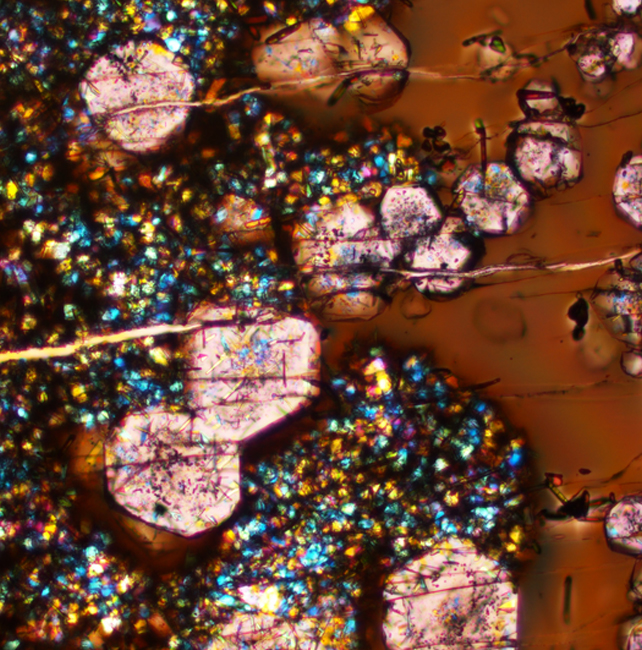Earth's hot and churning insides are largely still a mystery to scientists. Even at shallower depths, the crusty exterior of our planet contains plenty of unknowns.
Take the continents, for instance. Magma deep in Earth's mantle that rises to form continental crust is inherently different to the magma that seeps from mid-ocean ridges. Molten material that bursts from volcanoes on land contains less iron, making it significantly lighter. This is the key that allows land to float above Earth's mantle, while oceanic crust forms a lower basin.
Yet experts can only speculate over why this difference exists. Now a major hypothesis proposing a source of the volcanic magma that forged the continental crusts has come under scrutiny by scientists in the US.
In 2018, researchers proposed that the iron-depleted nature of continental crust derives from the way tectonic plates interact with each other at subduction zones. When one plate slips under another, the authors argued, the pressure crystallizes silicate material in rising magma, sucking iron out of the molten rock in the process.
Geologist Elizabeth Cottrell is not convinced.
Very high pressures are needed to remove iron via silicate crystallization, she says, and some parts of Earth's crust where iron-deficient magma flows are simply not that thick.
"So the pressure isn't super high," explains Cottrell, who works with the Smithsonian's National Museum of Natural History.
Simulating the heat and pressure of these subduction zones in the lab, Cottrell and her colleague Megan Holycross, an atmospheric scientist at Cornell University, measured the iron and iron oxide levels of simulated continental crust.
They used a piston-cylinder which can press tiny molten rock samples with intense pressures and temperatures to match the conditions of magma chambers in Earth's crust.
Even with a pressure 15,000 to 30,000 times greater than Earth's atmosphere, the crystals of silicate material, known as garnet, failed to remove enough iron from the rock to account for the unique composition of Earth's continental crust.

Garnet crystallization, the authors say, is "unlikely to be responsible" for the "iron-depletion trend observed in continental crust."
"It's more likely that conditions in Earth's mantle below continental crust are setting these oxidized conditions," says Cottrell.
"If it's not garnet crystallization in the crust and it's something about how the magmas arrive from the mantle, then what is happening in the mantle?"
Just this year, scientists using seismic waves discovered a new layer of partially molten rock hiding deep in Earth's interior, which could fundamentally change our understanding of how the mantle burps up magma.
One of Cottrell's colleague is now investigating whether oxidized sulfur could play a role in removing iron from mantle magma before it erupts.
The mystery continues.
The study was published in Science.
